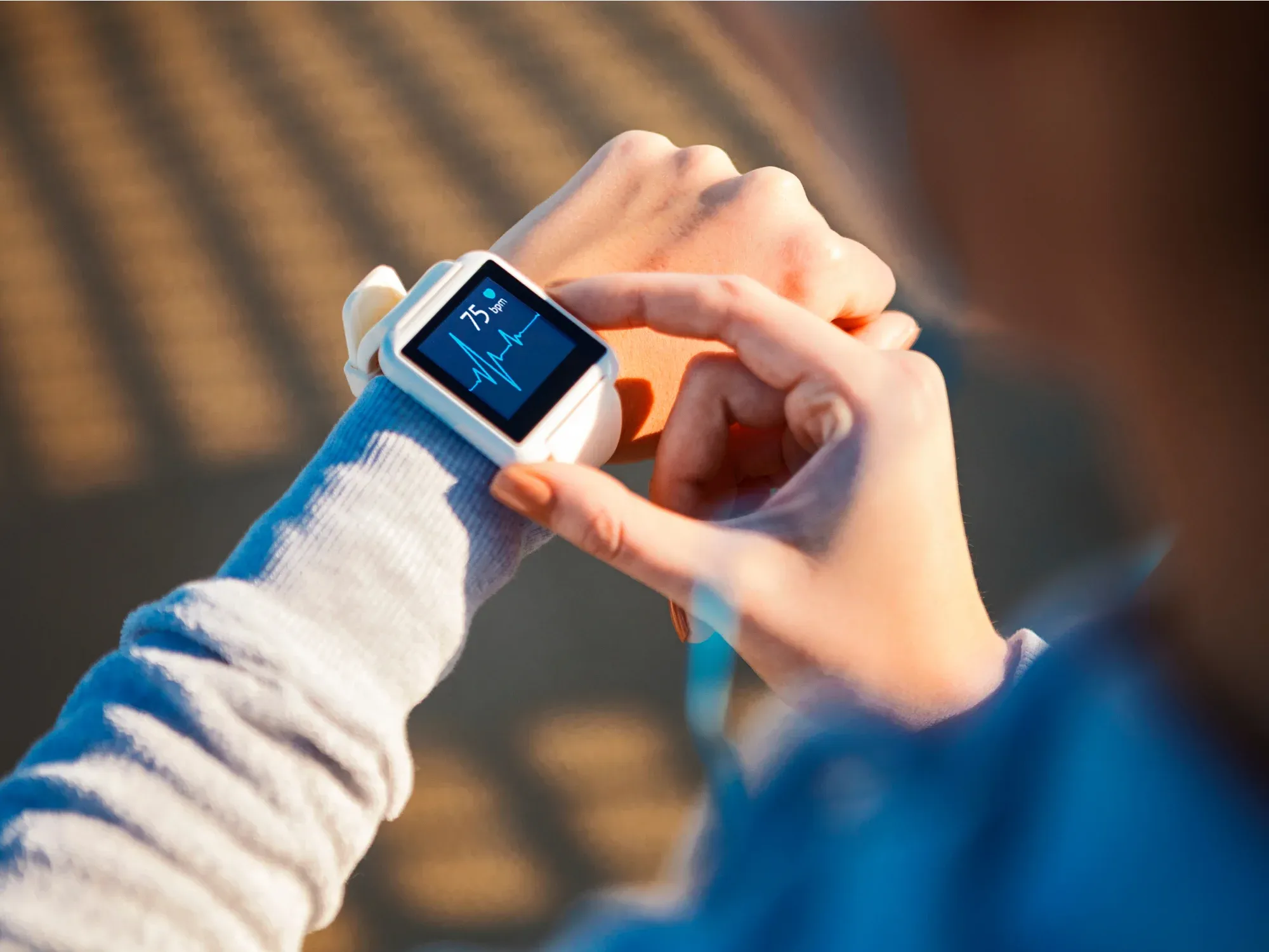Understanding Remote Health Monitoring
Remote health monitoring is transforming the way healthcare providers track and manage patient health. By using connected devices and digital platforms, Remote health monitoring allows clinicians to collect real-time data on vital signs, chronic conditions, and other health indicators. This proactive approach ensures that potential health issues are identified early, reducing the need for emergency interventions and hospitalizations. Remote health monitoring empowers both patients and healthcare providers to maintain continuous oversight, enhancing overall care quality.
Key Components of Remote Health Monitoring Systems
Remote health monitoring systems typically include wearable devices, mobile applications, and cloud-based platforms. Wearable devices such as smartwatches and glucose monitors track metrics like heart rate, blood pressure, and blood sugar levels. Mobile applications allow patients to log symptoms, medication adherence, and lifestyle factors, while cloud platforms enable healthcare providers to access this data securely in real time. Integrating these components ensures that remote health monitoring delivers actionable insights that can inform treatment decisions and preventive measures.
Benefits of Proactive Healthcare Through Remote Health Monitoring
One of the primary advantages of remote health monitoring is its role in proactive healthcare. By continuously tracking patient health metrics, clinicians can detect subtle changes before they become serious problems. Remote health monitoring allows for early intervention, reducing complications from chronic diseases such as diabetes, heart disease, and hypertension. Patients benefit from personalized care plans and timely adjustments in treatment, resulting in improved health outcomes.
Reducing Hospital Readmissions with Remote Health Monitoring
Hospital readmissions are a major concern for healthcare systems, both in terms of patient health and financial costs. Remote health monitoring helps reduce readmissions by providing constant oversight after discharge. Patients recovering from surgery or acute illness can be monitored at home, allowing healthcare providers to respond quickly to any warning signs. This continuous monitoring ensures that patients remain stable and reduces the likelihood of returning to the hospital, highlighting the preventive power of remote health monitoring.
Enhancing Chronic Disease Management
Chronic diseases require ongoing monitoring and timely intervention. Remote health monitoring enables healthcare providers to manage chronic conditions more effectively by tracking daily health metrics and adjusting treatments as needed. For example, patients with diabetes can monitor glucose levels remotely, allowing clinicians to modify medication or dietary plans in real time. Remote health monitoring supports patient engagement, encourages adherence to treatment, and ultimately improves long-term outcomes.
Supporting Telehealth and Virtual Consultations
Remote health monitoring works seamlessly with telehealth services, enhancing virtual consultations. When patients share real-time health data during telehealth visits, clinicians can make informed decisions without the need for in-person appointments. Remote health monitoring bridges the gap between patient and provider, providing accurate, timely information that strengthens the quality of virtual care. This integration also reduces the burden on healthcare facilities and increases accessibility for patients in remote or underserved areas.
Improving Patient Engagement and Compliance
Patient engagement is critical for successful healthcare outcomes. Remote health monitoring encourages patients to take an active role in managing their health by providing feedback on their daily habits and condition. Mobile apps and connected devices offer reminders for medication, exercise, and lifestyle adjustments, reinforcing compliance with treatment plans. By fostering patient accountability, remote health monitoring improves adherence to prescribed regimens, supporting proactive and effective healthcare management.
Data-Driven Decision Making in Healthcare
Remote health monitoring generates a wealth of data that can guide clinical decision-making. Healthcare providers can analyze trends, identify risk factors, and predict potential health events using the data collected from remote monitoring devices. This evidence-based approach allows for targeted interventions, reduces trial-and-error treatments, and enhances the precision of care. Remote health monitoring transforms healthcare from reactive to preventive, ensuring that decisions are informed by accurate, up-to-date patient information.
Cost Efficiency and Resource Optimization
Implementing remote health monitoring can lead to significant cost savings for healthcare providers and patients. By preventing hospitalizations, reducing emergency visits, and optimizing chronic disease management, healthcare systems can allocate resources more effectively. Patients benefit from fewer hospital trips and less invasive interventions. Remote health monitoring not only improves health outcomes but also contributes to the sustainability of healthcare systems by reducing unnecessary expenses.
Challenges and Considerations for Remote Health Monitoring
Despite its benefits, remote health monitoring comes with challenges that must be addressed. Data security and patient privacy are paramount, requiring robust encryption and compliance with healthcare regulations. Additionally, patients must be trained to use monitoring devices correctly, and healthcare providers need systems to manage and interpret large volumes of data. Overcoming these challenges ensures that remote health monitoring delivers its full potential in supporting proactive healthcare.
The Future of Proactive Healthcare with Remote Health Monitoring
As technology advances, remote health monitoring will become increasingly sophisticated, integrating artificial intelligence, predictive analytics, and more comprehensive biometric tracking. These innovations will enable even earlier detection of health risks, more personalized care plans, and improved patient engagement. Remote health monitoring is poised to redefine the healthcare landscape, supporting a shift from reactive treatment to proactive, patient-centered care.
Conclusion
Remote health monitoring is a vital tool for proactive healthcare, providing continuous oversight, early intervention, and improved patient engagement. By leveraging wearable devices, mobile applications, and cloud-based platforms, healthcare providers can enhance chronic disease management, reduce hospital readmissions, and make data-driven decisions. While challenges such as data security and patient training exist, the benefits of remote health monitoring far outweigh the obstacles. As technology continues to evolve, remote health monitoring will play an essential role in shaping the future of healthcare, ensuring better outcomes for patients and greater efficiency for healthcare systems.
